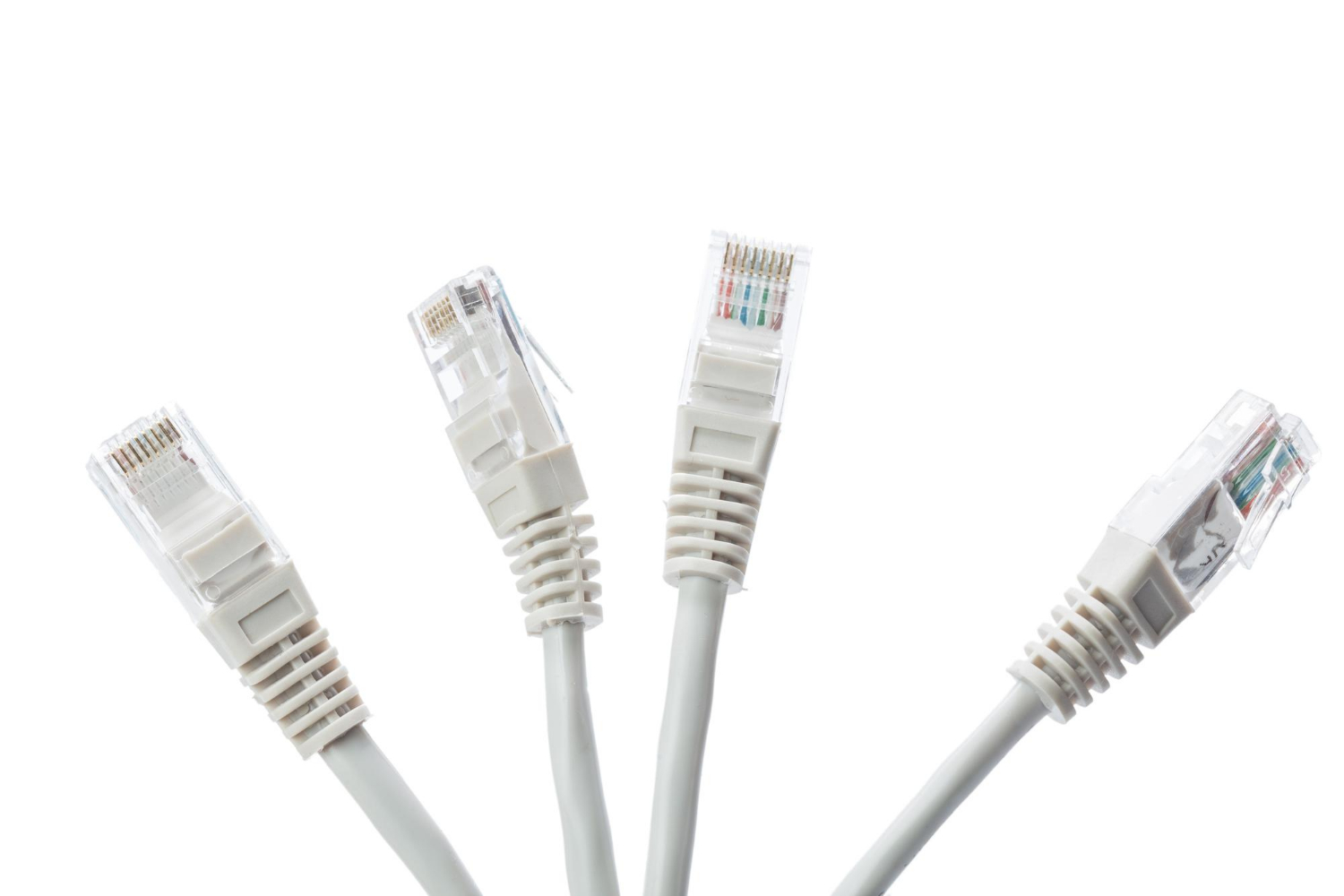Understanding Ethernet Cable Length and Its Impact on Performance
When setting up a network, understanding the role of Ethernet cable length is crucial. The length of the cable can significantly impact network performance, affecting data transmission speeds and signal integrity. Longer cables can lead to signal degradation and may result in slower network speeds or connection drops. To ensure an efficient network, it’s essential to consider cable length as a vital factor in your setup.
Factors Influencing Network Performance with Cable Length
Several factors come into play when it comes to network performance and cable length. The primary factor is attenuation, which refers to the reduction of signal strength as it travels through the cable. Longer cables experience higher attenuation, leading to weaker signals. Other factors include electromagnetic interference, signal-to-noise ratio, and the category of the Ethernet cable used. Understanding these elements can help you make informed decisions about your network setup.

Best Practices for Choosing the Right Ethernet Cable’s Length
Selecting the appropriate Ethernet Cable’s length involves striking a balance between performance and practicality. For shorter distances, using longer cables than necessary can lead to unnecessary signal loss. On the other hand, using very short cables for longer distances can limit network performance. It’s crucial to measure the actual distance required and choose a cable that matches or slightly exceeds that distance without excessive slack.
Troubleshooting Network Issues Related to Cable’s Length
Network performance issues can often be attributed to improper Cable’s length. If you encounter problems such as slow data transfer, intermittent connectivity, or dropped connections, it’s essential to evaluate your Cable’s lengths. Check for cable damage, loose connections, or cable runs that are near sources of interference. By troubleshooting cable-related issues, you can restore your network’s performance and stability.




